A team of acclaimed designers from the African and Caribbean diaspora and the noted women-owned firm WXY architecture + urban design has won the Africatown International Design Ideas Competition, which challenged architects to conceive solutions that both honor history and promise to spark revitalization in an Alabama community created in 1860 by former slaves brought on the last known slave ship to arrive in the United States.
Working to energize and celebrate the extensive site in Mobile, Alabama, the team assembled by WXY architecture + urban design includes design-build firm Total Consult and architects Brandt:Haferd and Body Lawson Associates, as well as landscape architect Elizabeth J. Kennedy ASLA. The group joined forces to conceive a composition of new urban interventions that also knits together the community fabric. Accessed through an honorary entry point, the Ancestral Gateway, visitors and residents are welcomed into a circular entry plaza that opens toward Africatown Boulevard, embracing and drawing in the flow of pedestrian traffic.
Applauded as a highly sustainable overall design that accurately reflects the district’s deep cultural ties to Africa, the new public spaces, rammed-earth architecture, gathering pavilions and commemorative elements work to preserve local building traditions while integrating the city’s street patterns and accommodating new uses for the hot, humid climate. A new memorial garden includes a Palaver Pavilion, named for the traditional African gathering place in the shade of the Palaver Tree, and across a nearby reflecting pond is a new Wall of Generations to hold busts honoring Cudjo Lewis, Prichard Mayor John Smith, Emperor Green and Zora Neale Hurston — “four chosen descendants who captured the zeitgeist of each generation of Africatown,” which extend from 1861-1960, according to the winning team.
“With our proposed training school complex and four housing prototypes, these new gestures of remembrance and celebration are matched by a wide-ranging vision of Africatown’s future as a generator of ideas, talents and opportunities that carry these traditions forward and adapt them for the greatest good,” said Farida Abu-Bakare, FRAIC, an architect with WXY architecture + urban design who led the competition team.
“Our team researched the community and its history to ensure that the design accurately reflected the deep cultural ties to Africa,” added WXY founding principal Claire Weisz, FAIA. “Community research was a crucial part of the process which allowed us to respond to local needs and values.”
The theme of the winning team’s process, Blood Memory, alludes to Africatown’s “ancestral connection to our language, songs, spirituality and teachings,” as described in the seven fires prophecy of the Anishinaabe Nation. The expression describes the good feelings people have when near those things and how “knowledge or memory from the blood is the elemental aspect of being.”
To translate that idea into a design intervention for Africatown, the design team, led by architects of the African and Caribbean diaspora, focused on several key principles, including an understanding of the community and its environment, use of local materials and techniques to preserve vernacular architecture, adaptation to the hot and humid climate, and respect for the town’s spiritual and cultural heritage. The architects and designers also emphasized the importance of community engagement, the town’s significance to the American story and the promotion of sustainability through environmentally conscious design.
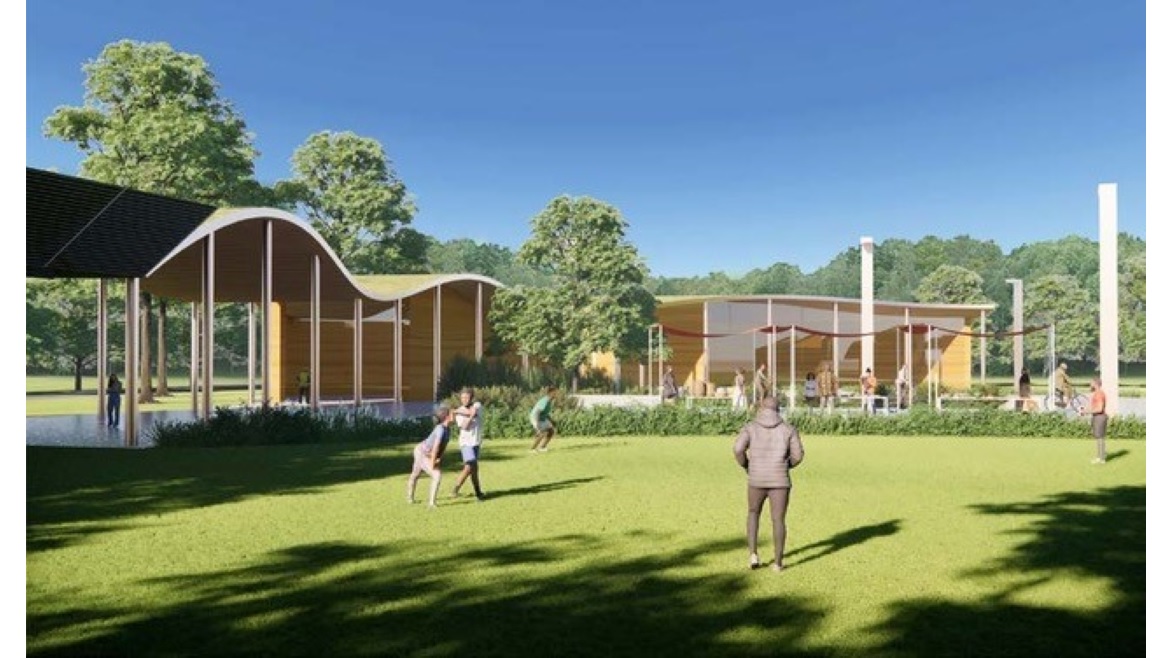
Photo courtesy of WXY architecture + urban design
About the Winning Submissions
The jury selected winning teams for four sites, and the winners received cash prizes totaling up to $100,000, provided by the Better Place Foundation of Birmingham. The Blood Memory team, with the firms WXY, Body Lawson Associates, Brandt:Haferd, Total Consult and Elizabeth Kennedy Landscape Architecture, was awarded first place for three of the four sites, all including a ceremonial gateway:
- Historic Africatown, with a memorial garden, training school and housing prototypes.
- The Africatown Connections Blueway Sites, including a yacht and scuba club, boat fleet and water-edge pavilions.
- The Josephine Allen Public Housing Site, with a museum and performing arts center, boathouse and residential housing.
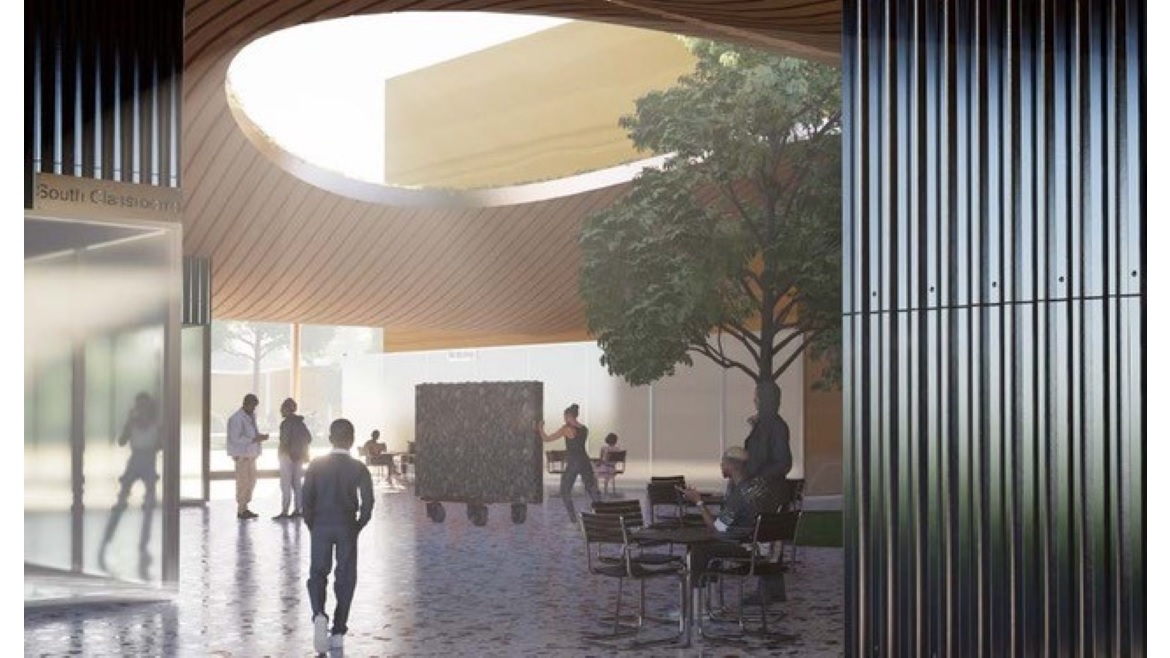
Photo courtesy of WXY architecture + urban design
About the Competition
Inspired by the May 2019 discovery of the sunken slave ship Clotilda in the Mobile River Delta, the Africatown International Design Idea Competition challenged multidisciplinary design teams to “imagine a revived Africatown, with 16 land and water-edged venues on four sites across three cities that interpret and honor its history.” Encouraging architectural concepts using African design principles, creative placemaking and world-class destination planning, the competition engaged a jury of eight local leaders and eight design professionals, headed by noted architect, author and educator Jack Travis, FAIA, NOMAC. The jury also included Africatown leaders, Clotilda descendants and community advocates who reviewed the designs and essays submitted.
The Africatown International Design Idea Competition drew 118 teams from around the world. At least 24 teams submitted final design boards for review by the jury, as well as over 150 pages of essays detailing their design research.
Announced on Juneteenth, the jury awarded first prize to the Blood Memory team for three of the four competition sites. “The designers responded exceptionally well to the challenges posed to them in the multi-site design briefs,” said Renee Kemp-Rotan, Assoc. AIA/NOMA, who conceived the competition, applauding the winners of the competition. “The level of thoughtfulness these global designers put into their culturally relevant, world-class concepts will elevate the conversations about how this unique global community we call Africatown can look — as its leaders, residents and supporters plan its future.”
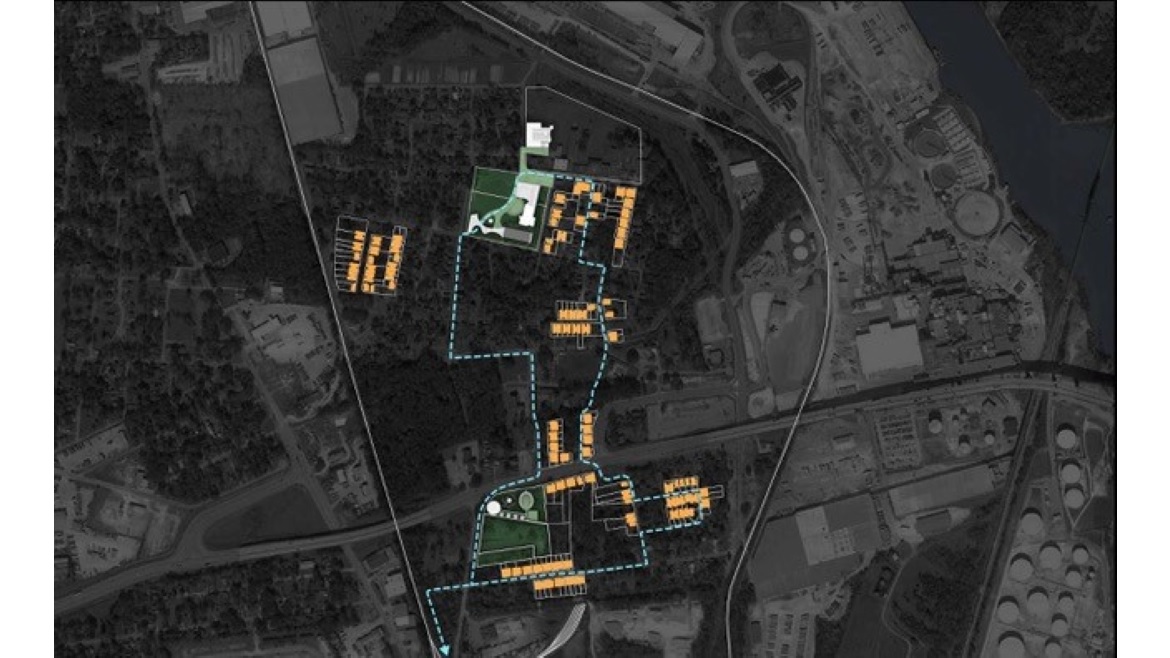
Photo courtesy of WXY architecture + urban design
About Africatown
Dating to 1860, the historically significant community of Africatown stands in a low-lying area three miles north of Mobile, where 110 enslaved people were illegally detained from an 86-foot ship, Clotilda. By 1865, when slavery was abolished in the United States, members of that community founded Africatown. The location stands as the only settlement of the era built by Africans in America. In following decades, Africatown grew to about 10,000 citizens in 2,000+ homes, with local schools, businesses and houses of worship. Industrial development encroached on the waterfront around Africatown in the mid-20th century and suffered further in the face of Jim Crow-era policies that deprived residents of key resources. Today, Africatown has about 2,000 residents living amid significant vacant and blighted properties.
“Africatown was built by the hands of Africans who came to the Americas with thousands of years of science embedded in their DNA, not only the science of tilling the soil for nutrients for our bodies, but scientific knowledge of shaping the soil into architectural monuments,” said Nmadili Okwumabua, NOMA, an Africatown competition juror and founder of Community Planning & Design Initiative Africa.


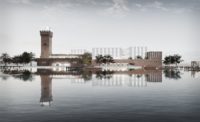
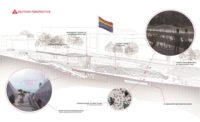

Report Abusive Comment